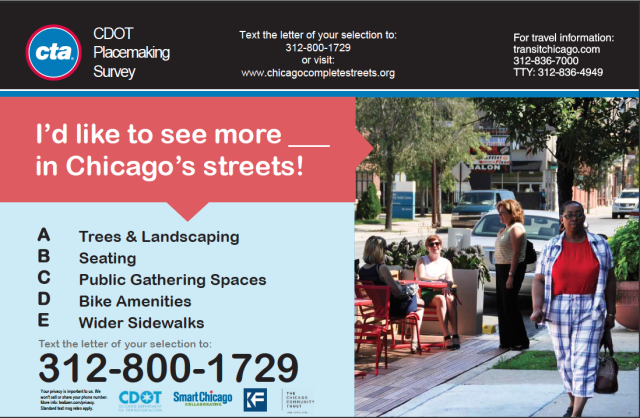
The Naru Project is facilitating the design and implementation of a park consisting of floating gardens, wildlife habitat, and more to be enjoyed by the local community.
The Naru Project is named after the ancient Akkadians word for river. In part because rivers were the heart of the Akkadian civilization, and the Naru Project want to connect our waterways to the heart of our communities.
Their works focuses on the Chicago River just east of Goose Island. The team would like to build a park that places wildlife back in the river as well as help clean up the river.
Here’s where they would like to put the site – it’s across the river from where the kayak rentals are #chihacknight pic.twitter.com/uvkImwHetH
— Smart Chicago (@SmartChicago) May 12, 2015
The Naru Project team explained that the river used to be full of wildlife, but that it was cleared out to make it easier for companies to ship goods through the Chicago River. The city has not always been kind to the river in the past and to this day the city still dumps sewage into the river during periods of heavy rain or snowmelt. The team hopes that by reintroducing wildlife into the river it can help the process of cleaning the river. The teams is using a series of artificial islands to give plant and animal life a place to grow. These are floating rafts that have inserts for plant life to grow. The Naru Project has just completed a 24 month study to see if these raft units can enable plant life to come back. The units not only survived *two* winters, but after the study was concluded they discovered that fish were breeding underneath the units – which the teams regards as a huge success. To get permission to do so, they had to coordinate the the US Army Corp of Engineers which has jurisdiction over water resources development in the Chicago metropolitan area. Now that the study has shown signs of success, the team is moving towards construction of the park. Here’s their Phase One Outline.
Here’s @NaruProject‘s Phase 1 Outline #chihacknight pic.twitter.com/3fJp6XdbYq
— Smart Chicago (@SmartChicago) May 12, 2015
If you want to get involved in the Naru Project, you can reach out to them by emailing [email protected]. If you want to get more involved in environmental projects, check out the environment breakout group at ChiHackNight!
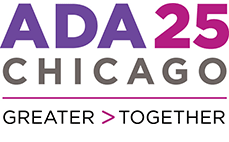 Please join us on May 22nd to discuss opportunities to improve public and open accessibility data in our community.
Please join us on May 22nd to discuss opportunities to improve public and open accessibility data in our community.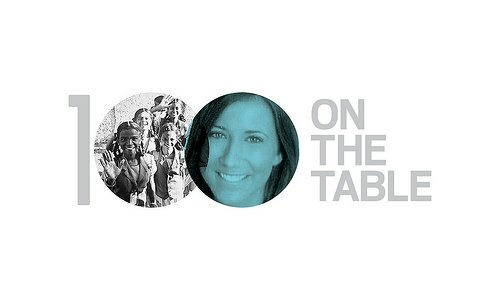

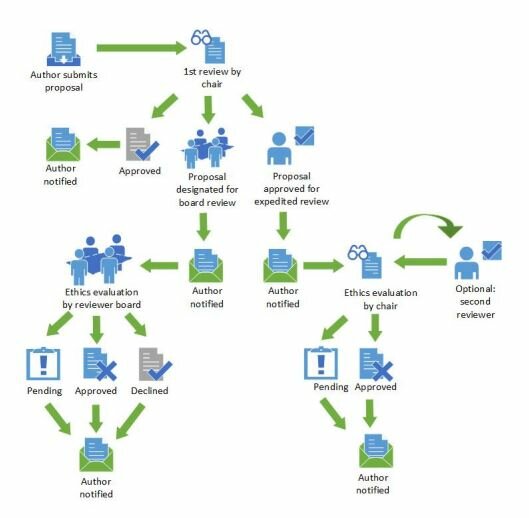
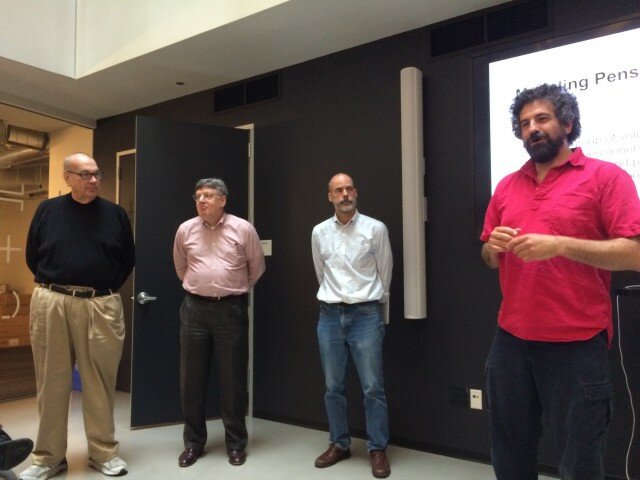 At Chi Hack Night, the Modeling Pension Reform Breakout Group shared their work so far and helped to explain the problem with pensions in Illinois.
At Chi Hack Night, the Modeling Pension Reform Breakout Group shared their work so far and helped to explain the problem with pensions in Illinois.